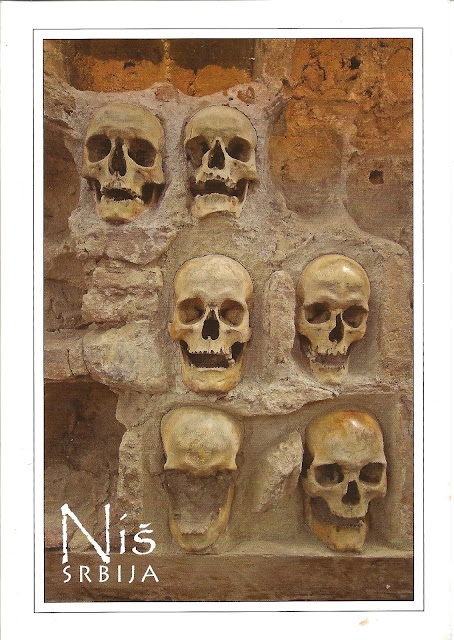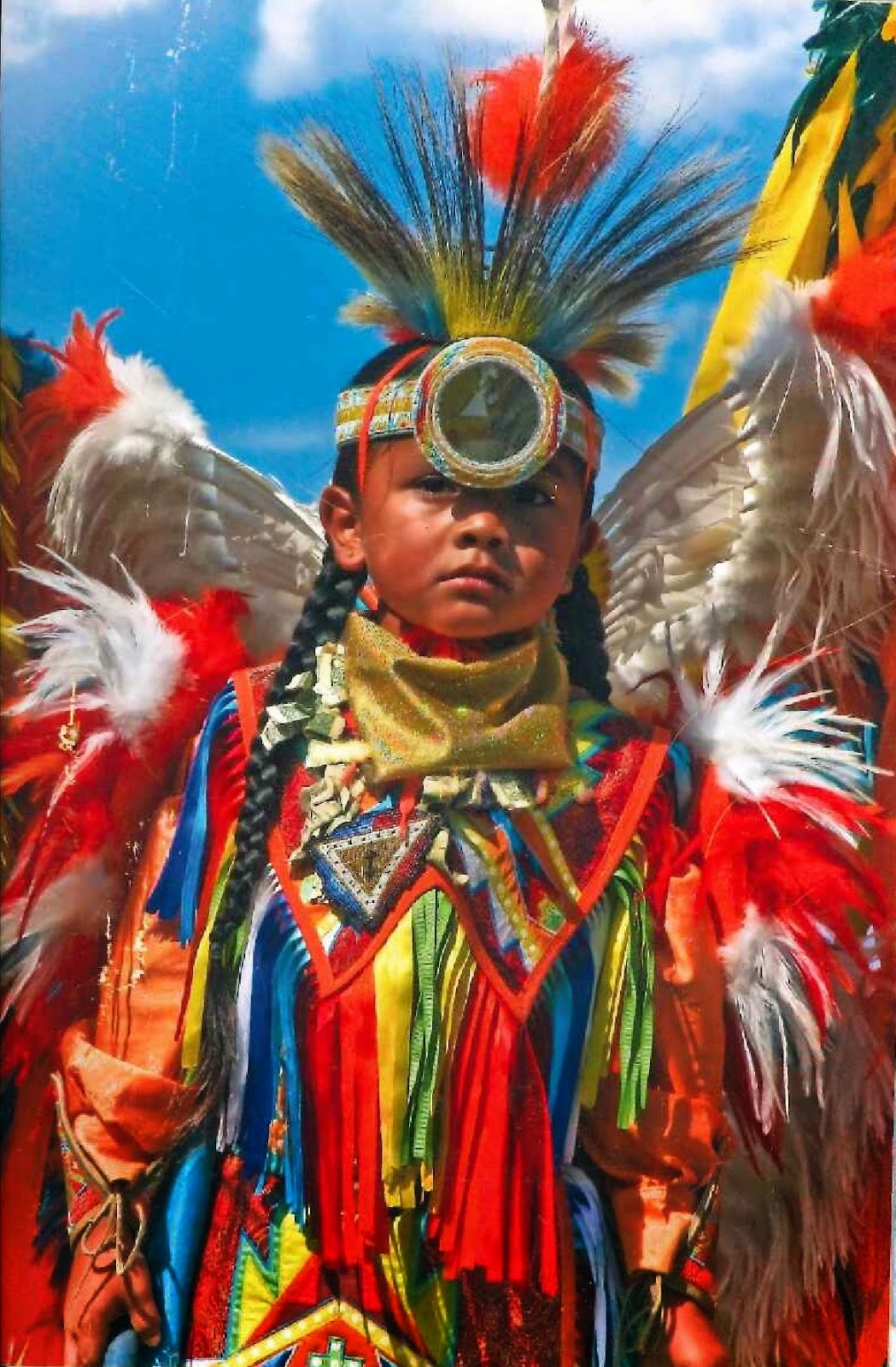St. Patrick of Ireland
The most kids know of St. Patrick 's Day is that you must wear green or
you'll get a pinch from your friends. Interesting facts:
- March 17th is when Patrick died.
- St. Patrick wasn't Irish.
- Patrick's color is blue.
The original color associated with St. Patrick is blue, not green as commonly believed. In several artworks depicting the saint, he is shown wearing blue vestments. King Henry VIII used the Irish harp in gold on a blue flag to represent the country. Since that time, and possibly before, blue has been a popular color to represent the country on flags, coats-of-arms, and even sports jerseys. Green was associated with the country later, presumably because of the greenness of the countryside, which is so because Ireland receives plentiful rainfall. Today, the country is also referred to as the "Emerald Isle."- St. Patrick's was a dry holiday in Ireland until 1970.
Aside from the color green, the activity most associated with St. Patrick's Day is drinking. However, Irish law, from 1903 to 1970, declared St. Patrick's Day a religious observance for the entire country meaning that all pubs were shut down for the day. That meant no beer, not even the green kind, for public celebrants. The law was overturned in 1970, when St. Patrick's was reclassified as a national holiday - allowing the taps to flow freely once again.





Comments
Post a Comment